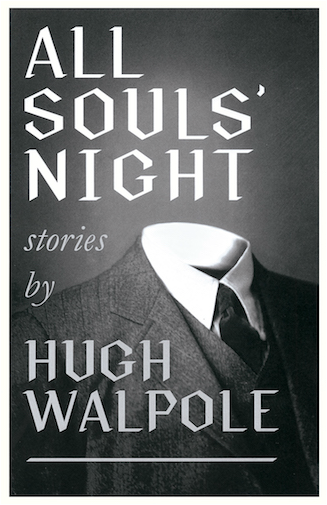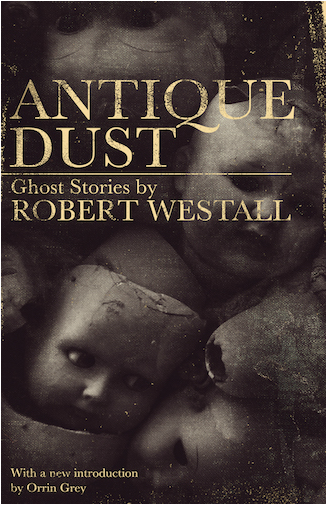


Some time ago I purchased the audiobooks of Robert Aickman's stories read by Reece Shearsmith. The books are the paperback selections Cold Hand in Mine, The Wine Dark Sea, and The Unsettled Dust. You can find them all on the Audible site here.
So, what do I think of them? Well, as an admirer of Aickman's work I was worried that they might prove difficult as readings. But in fact, as I listened to the stories, I was struck by how straightforward much of Aickman's prose is. Compared to a lot of modern horror writers he is restrained, rather humorous, somewhat elegiac. But not difficult.
Shearsmith, an Aickman fan, resists any temptation there might have been to do 'funny voices' for the many strange and often rather unpleasant characters that populate these stories. Far from it. His approach is restrained and measured, keeping the pace reasonable but not too sedate. He tackles some more complicated sentences effectively and doesn't stumble (so far as I could hear) on a few of the author's more recondite terms.
Listening to a story read well can often alert you to things you had forgotten about it or simply overlooked. In this case the traditional ghost story structure of many stories is striking. We have seen these plots before in various forms, whether it's Clarinda Hartley going to an obscure English village in 'Bind Your Hair' or the lost traveller winding up at 'The Hospice'. The outsider, the eccentric, the misfit, all feature strongly in the ghost story tradition and in these 'strange stories'. Aickman's best efforts almost always involve a setup that is traditional and may seem shopworn, but the subsequent developments are both unexpected and artistically right.
Sometimes things don't hold together well, of course, as is the way of dreams or nightmares. I don't think 'The Wine Dark Sea' is particularly convincing, though it it interesting. But the diversity of the stories here might give Aickman's critics pause for thought - I sometimes get the impression his detractors think of him as a bit of a one-trick pony. This may be true stylistically, but the imagery and characters in his tales are, as they say, many and varied.
If you like Aickman and audiobooks, I don't think you will get a better set of readings.








